Common household molds can be sneaky and persistent. They hide in the damp corners of our homes, often unnoticed until they become a big problem. While some molds are harmless, others can cause serious health issues. It’s surprising how something so small can have such a huge impact on our well-being. Knowing where to find them and how to tackle them is key. This knowledge helps keep your home safe and healthy. Dive into this guide to learn more about these pesky invaders and how to deal with them effectively.
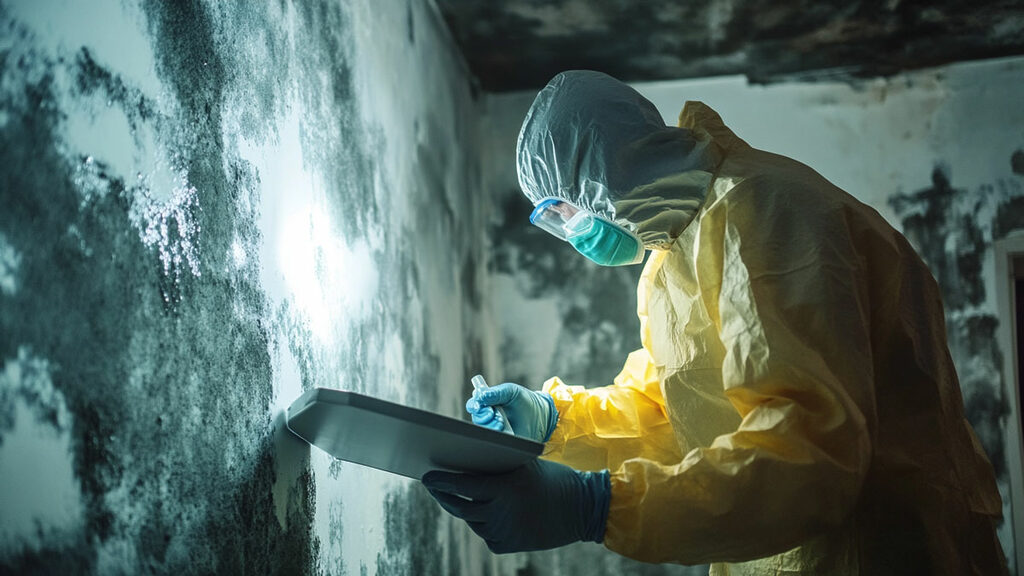
Types of Household Mold
Aspergillus Mold
Aspergillus is a common household mold. It often appears in warm, damp places like basements or bathrooms. If you suspect mold issues in these areas, consider a free virtual mold inspection to assess the situation. This mold can be green, yellow, or brown. Its texture is usually powdery. Aspergillus grows quickly and spreads through the air. Many mold species belong to this group.
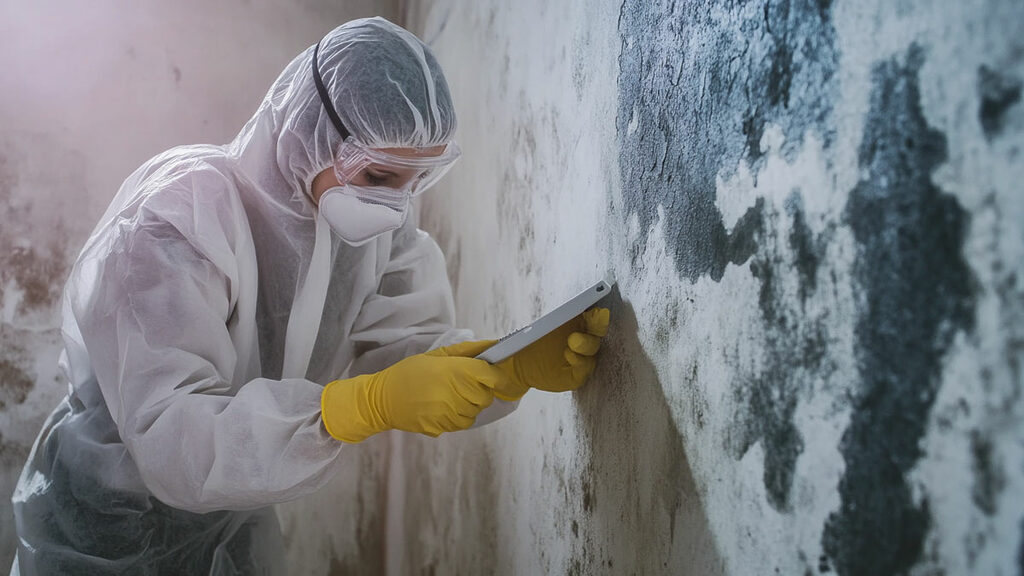
Cladosporium Mold
Cladosporium is another specific household mold type. It thrives in cool, damp areas such as window sills or carpets. This mold can be black, green, or brown. The texture is typically velvety or suede-like. Cladosporium is known for causing allergies and asthma symptoms.
Stachybotrys Mold
Stachybotrys, also known as black mold, is one of the dangerous house mold types. It prefers high humidity and wet conditions. This toxic mold type is usually dark green or black. Its texture is slimy when wet and powdery when dry. Stachybotrys can cause severe health issues.
Penicillium Mold
Penicillium is a common type found indoors. It grows in water-damaged areas like wallpaper or insulation. This mold can be blue, green, or white with a fuzzy texture. Penicillium spreads quickly and can cause allergic reactions.
Alternaria Mold
Alternaria is an allergenic household mold. It thrives in damp environments like showers or under sinks. Alternaria appears as dark green or brown patches with a downy texture. Exposure can lead to respiratory problems.
Health Risks of Mold
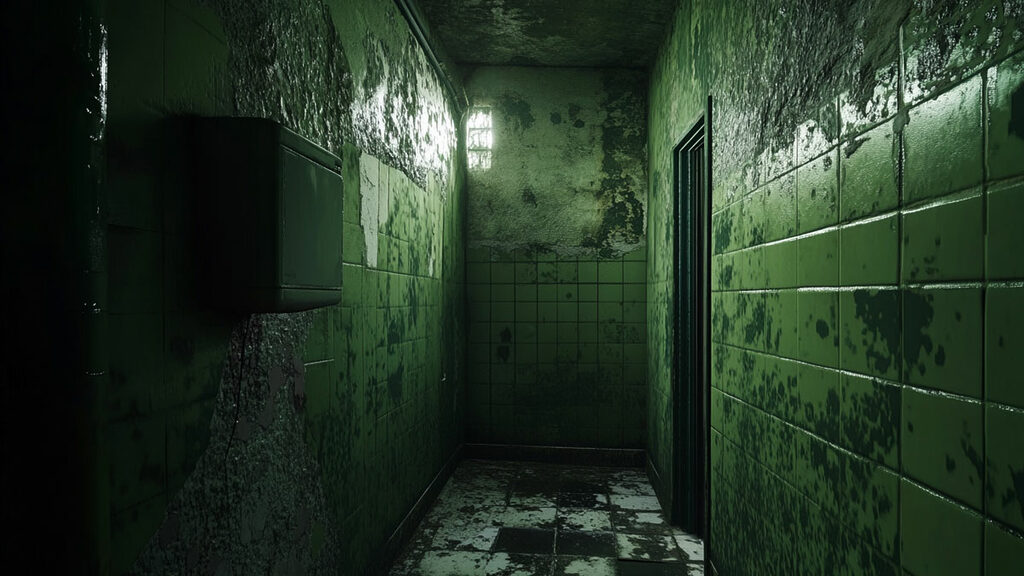
Respiratory Issues
Mold exposure can lead to serious respiratory problems. People might experience coughing, sneezing, and wheezing. Asthma attacks can become more frequent or severe. Allergenic mold like black mold releases spores into the air. These airborne mold spores can irritate the lungs when inhaled. Children and elderly are especially vulnerable to these effects.
Skin Irritations
Contact with certain molds may cause skin issues. Pathogenic molds, for instance, can lead to rashes or dermatitis. The skin might become red, itchy, or swollen. In some cases, touching moldy surfaces can result in blisters. It’s important to wash hands thoroughly after exposure to avoid these reactions.
Eye Infections
Mold contact can also affect the eyes. People may suffer from red, itchy eyes due to mold contamination. Prolonged mold exposure could lead to more serious eye infections. Symptoms might include watery discharge or pain. Wearing protective eyewear can help reduce these risks.
Compromised Immune Systems
For those with weakened immune systems, mold poses a greater threat. Toxigenic mold, such as certain types of black mold, can be particularly harmful. Individuals undergoing chemotherapy or with HIV are at higher risk. They may develop severe lung infections or other complications. It’s crucial to address any excessive mold growth promptly.
Identifying Mold at Home
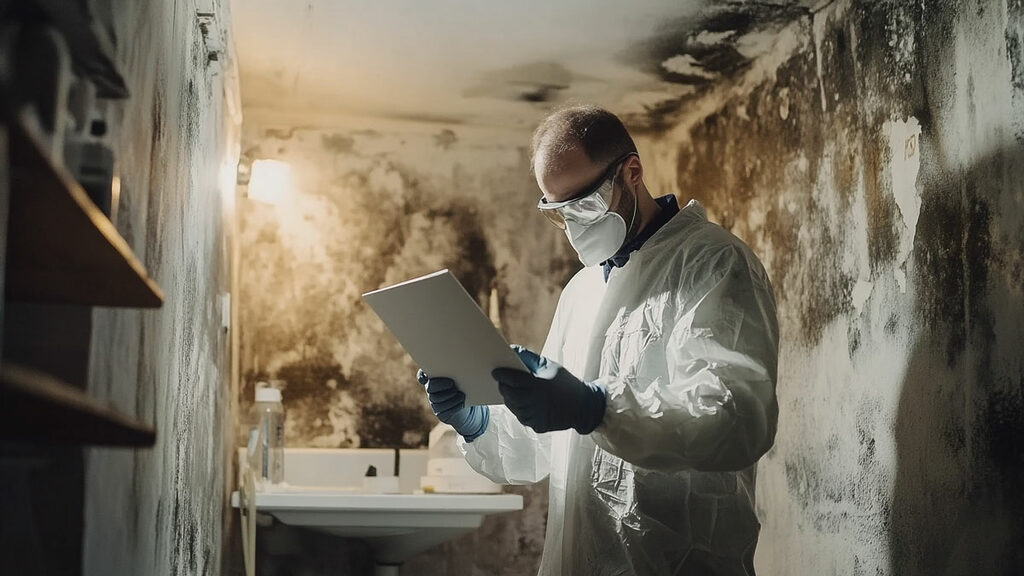
Visible Signs
Mold often shows up as discoloration on walls or ceilings. It can be black, green, or even white. These spots might appear in damp areas like bathrooms or basements. For a quick evaluation of mold presence, try using a mold test kit to check your surroundings.
Musty Odors
A strong musty smell is a common sign of mold. This odor can indicate hidden mold growth behind walls or under floors. Even if you can’t see the mold, the smell is a clear warning. Pay attention to these odors in areas that have been wet or humid.
Moisture Meters
Moisture meters help find damp spots where mold might grow. These devices measure moisture levels in materials like drywall. High readings suggest a potential mold problem. Using a meter can prevent future infestations by catching moisture issues early.
Mold Test Kits
Mold test kits are useful tools for detecting indoor mold growth. They help identify different types of molds present in your home. Follow the kit’s instructions carefully for accurate results. Testing can confirm suspicions when visible signs or odors are present.
Common Areas
Basements and bathrooms are prone to mold due to high humidity. Check these spaces regularly for signs of mold infestations. Attics and crawl spaces can also harbor hidden mold colonies, especially after leaks or floods.
Benefits of Professional Inspection
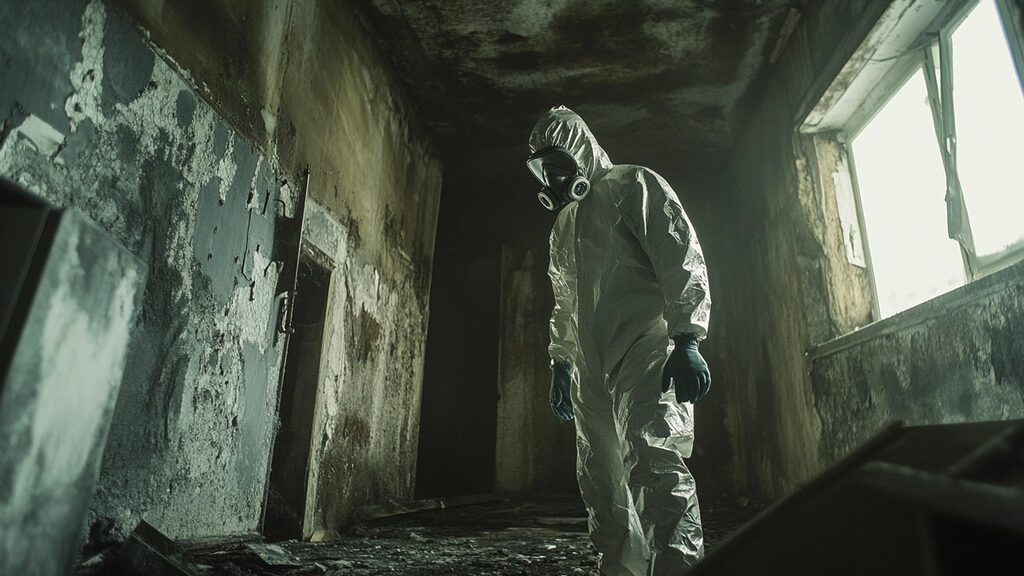
Accurate Identification
Professional inspectors can accurately identify various mold types. They know where to look in different areas of a home. If you’re dealing with persistent mold, getting a professional mold removal service is essential. This expertise helps in assessing the extent of mold growth. Inspectors use special tools and methods to find hidden molds. Their detailed reports show exactly what kind of mold is present.
Expert Advice
Experts provide valuable advice on how to remove mold effectively. They suggest safe and efficient removal techniques based on the type of mold found. Professionals also share tips on preventing future mold growth. This guidance helps people keep their homes healthy and mold-free.
Health Protection
Mold can affect people’s health, causing allergies or breathing problems. A professional inspection ensures that all harmful molds are identified. This is crucial for protecting the health of everyone living in the home. Inspectors help create safer living environments by offering solutions to eliminate these health risks.
Structural Safety
Mold can damage structures over time if not addressed. Professional inspections check for structural damage caused by mold. Experts recommend repairs to prevent further harm to walls, floors, and other parts of a building. Keeping structures safe from mold damage is essential for maintaining a sound home.
Peace of Mind
Final Remarks
Mold in your home isn’t just a nuisance; it’s a health risk. Knowing the types of mold and their potential impact is crucial. You can spot mold with a keen eye, but nothing beats a professional mold inspection for peace of mind. Professionals have the skills and tools to detect hidden dangers that might be lurking in your walls.
Don’t wait until it’s too late. Take action today to protect your home and health. Regular inspections can prevent costly repairs and health issues down the line. Keep your living space safe and mold-free. Reach out to experts for an inspection now and breathe easy knowing your home is in good hands.
Frequently Asked Questions
What are the most common types of household mold?
The most common household molds include Cladosporium, Penicillium, and Aspergillus. These molds thrive in damp areas like bathrooms, basements, and kitchens. Identifying them early can prevent health issues.
How does mold affect health?
Mold exposure can cause respiratory problems, allergies, and skin irritation. Individuals with asthma or weakened immune systems are at higher risk. It’s crucial to address mold issues promptly to maintain a healthy home environment.
How can I identify mold in my home?
Look for discoloration on walls, ceilings, or floors. Musty odors often indicate hidden mold. If you suspect mold but can’t see it, consider hiring a professional for an inspection.
Why should I hire a professional mold inspector?
Professionals have the tools and expertise to accurately detect mold. They provide detailed reports and recommendations for removal. This ensures your home is safe and healthy for your family.
Can I remove mold myself?
Small areas of mold (less than 10 square feet) can be cleaned with household products. For larger infestations, professional removal is recommended to ensure thorough cleaning and prevent recurrence.
Is mold only found in older homes?
No, mold can grow in any home with moisture issues. Leaks, poor ventilation, or high humidity can lead to mold growth in both new and old homes. Regular inspections help catch problems early.
What preventive measures reduce household mold?
Keep humidity levels below 60%, fix leaks promptly, and ensure proper ventilation in bathrooms and kitchens. Use dehumidifiers if necessary. Regular cleaning helps prevent mold from taking hold.
